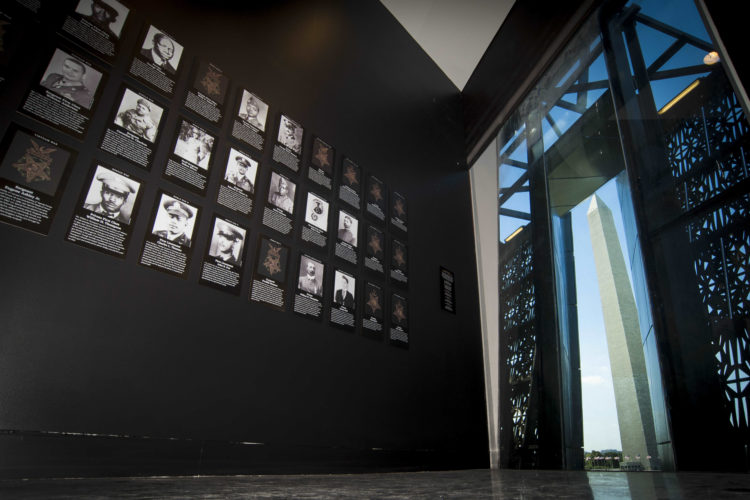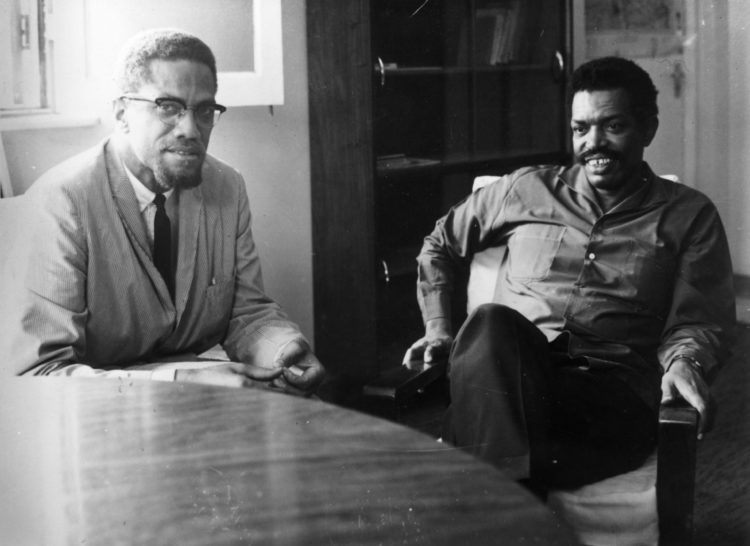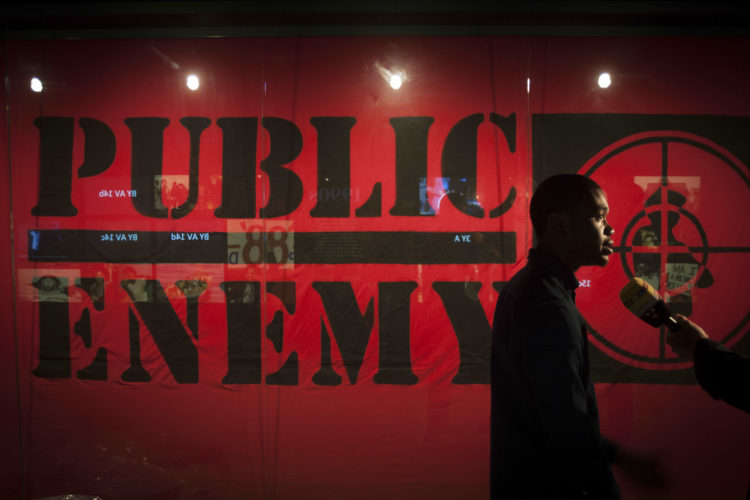As an Africa – a South African to be specific – the National Museum for African American History and Culture (NMAAHC) resonated with me in more ways than I ever imagined. The fact that one of Africa’s own, Sir David Adjaye, designed the building was enough reason for me to travel from New York to DC to view the museum, before heading back to South Africa.
https://www.instagram.com/p/BJggnGujApE/?taken-by=nmaahc
The three-tiered shape of the NMAAHC is inspired by the Yoruban Caryatid, a traditional wooden column which features a crown shape at its top. But in the sunset, it resembles a sailing ship. 60 per cent of the construction is underground: a symbol, perhaps, for the dark, often masked history of America.

You enter the museum by a large elevator which sinks deep down, giving an eerie feeling of how the slaves were led to the dark cold belly of the slave ship. There is this melancholy music in the background. The doors open at the beginning of the slave trade: Slavery and Freedom 1400 – 1877. At this level, you learn about the difference between slavery on the continent, before Europeans arrived in Africa, and the trans-Atlantic slavery, which was far more inhumane and brutal.
You are taken through the rich regions of the African continent before colonial divisive borders. You learn of the bravery of Queen Nzinga, the 17th century queen of the Ndongo and Matamba Kingdoms. She led her kingdom’s military fight against the Portuguese who sought to colonise the region in order to control the trade in slaves. This is the history that is often untold and celebrated. It is also the history that many non-Africans don’t know.
Our struggles for equal education, equal pay, and the fight of having our lives valued are the same.
As a South African born in apartheid South Africa, the history of African Americans is very relatable. Our struggles for equal education, equal pay, and the fight of having our lives valued are the same. The United States and South Africa both institutionalised apartheid.

Apart from our own heroes such as Nelson Mandela, Oliver Tambo, Robert Sobukwe and Steve Biko, I idolised Martin Luther King Jr, Stokely Carmichael, Malcolm X, and W.E.B Du Bois because their struggles were my struggles. I walked through the second level ‘Defending freedom, defining freedom – The era of segregation 1876-1960’ with a clenched fist.
When I reached the cultural galleries, I remembered the time when sanctions were lifted in South Africa.
When I reached the cultural galleries, I remembered the time when sanctions were lifted in South Africa and we traded our canvas sneakers for Patrick Ewing’s and Reebok. We even had a FUBU store in one of our most prestigious malls. I danced and knew the lyrics to KRS-One, Beastie Boys, EPMD and Slick Rick.

I spent two days and eight hours walking through the various galleries and an hour at the Sweet Home Café which serves the most delicious America food such as collards, crawfish gumbo, catfish, green bean pickles and candied yams.
The NMAACH is a must see for all, especially those who do not know much about African American history. It will contribute towards bridging the gap between black and white people in the US – a gap that has somewhat widened in the recent past.
Find out more about the NMAAHC
